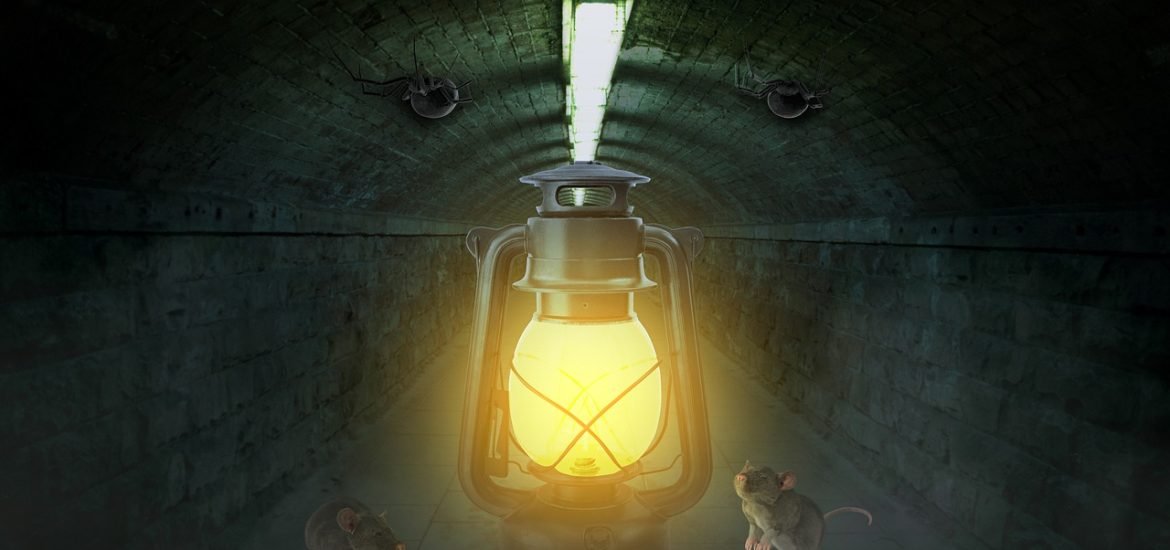
Light-deprived rodents can adapt to light faster than previously believed, as their brain shows incredible plastic abilities, according to a study published in PLOS Biology. The authors suggest these results could have valuable clinical applications in the future.
Our visual system has a critical period when it develops rapidly during the first few years of life. After this period, changes become harder. This is why some treatments — such as addressing a “lazy eye” — are more effective before age seven. However, with the advent of new technologies to restore vision in adults, researchers need to understand whether the adult brain can even process new visual signals. “If the adult brain lacks such plasticity or adaptability,” said Noam Shemesh, from the Champalimaud Research Centre for the Unknown, Lisbon, Portugal, “treatments targeting the eyes may prove futile if the brain is unable to interpret the incoming information. Interestingly, there are examples in nature, like birds rewiring their brains seasonally, or humans experiencing a brief window of plasticity after a stroke, which show that adaptation in adults is possible in certain circumstances”.
Using their novel functional MRI (fMRI), the researchers found that rodents kept in the dark from birth and exposed to light only after this fast development window had elapsed were still able to adapt and displayed a remarkable degree of brain plasticity. This shows that adult brains actually remain highly plastic, opening up new avenues for visual rehabilitation treatments.
After their first exposure to light, the rodent’s brains were not able to respond to visual information in an organised manner, suggesting that the visual pathway in the light-deprived rats lacked specialisation. Continuous exposure to light led to changes in the animal’s brains. Even just after a week, visual responses became more organised, and brain cells started reacting to more specific visual characteristics. After a month, the rodent’s brain that had been in the dark looked similar to control animals.
“Surprisingly,” says Shemesh, “in less than a month, the structure and function of the visual system in the visually deprived animals became similar to the controls. While plasticity has been observed in humans, interpreting it remains very difficult. What we are seeing here in rodents, which offer insights into brain mechanisms unattainable in human studies, is a phenomenon that has not been observed before: large-scale plasticity in the adult brain across the entire visual pathway, not just localised to a specific brain area as shown in previous papers”.
“We’re now in a position to start exploring whether we can predict which animals may have improved or deteriorated vision based on the MRI responses of their visual system,” added Shemesh. “In animals with impaired vision, we’d like to determine which ones will benefit most from certain therapeutic interventions. Currently, it’s challenging for medical doctors to determine from an MRI scan whether a patient’s brain will respond to a particular treatment, leading to unnecessary suffering and lost time. Through preclinical imaging, we can begin to chart treatment responses in rats, which could not only deepen our understanding of the treatment’s effects but also accelerate the pace of treatment development in humans, as well as guide clinicians on the necessary scans for their patients”.
Carvalho J, Fernandes FF, Shemesh N (2023) Extensive topographic remapping and functional sharpening in the adult rat visual pathway upon first visual experience. PLoS Biol 21(8): e3002229. https://doi.org/10.1371/journal.pbio.3002229